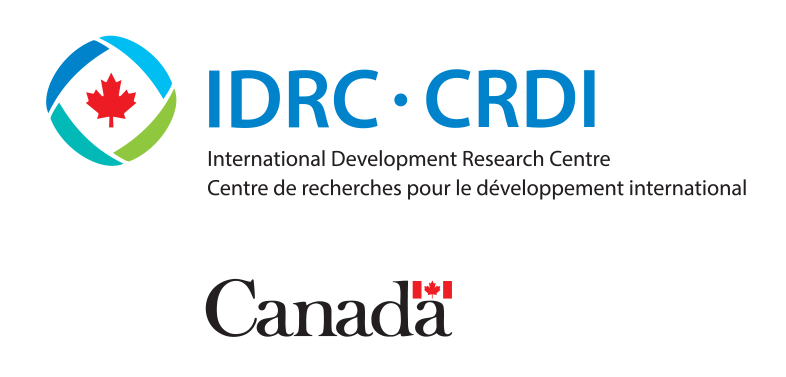
Filling the Gap: A review of Multilateral Development Banks' efforts to scale up financing for climate adaptation
This report highlights the challenges of and opportunities for scaling up Multilateral Development Banks' (MDBs) financing for adaptation and aligning these efforts with the Paris Agreement.
-
As MDBs work toward alignment with the Paris Agreement in their developing country portfolios, they must transition from a focus on increasing climate finance for stand-alone adaptation projects or added-on adaptation components of development projects to instead ensuring that all investments consider and incorporate the adaptation objectives of the Paris Agreement.
-
Adaptation flows accounted for 34% of total MDB climate finance flows in 2019, an increase from 20% in 2015.
-
Effective MDB-developing country engagement to generate financing for adaptation requires drawing on developing country adaptation plans and processes when formulating MDB country partnership strategies and identifying new programs and investments.
The main research questions addressed in this paper are:
- What constraints and barriers are MDBs encountering as they work to scale-up and mainstream adaptation across their investment portfolios at the developing country level?
- How are MDBs working with developing country governments to overcome these challenges and further integrate adaptation into their development finance portfolios?
Finance for adaptation is not flowing at the pace or scale needed to address the needs of developing countries. Multilateral Development Banks (MDBs) are expected to play a critical role in addressing this adaptation gap because they provide and leverage large-volume finance under attractive terms. MDBs have taken significant steps to increase the provision of climate finance and to align their development finance flows with the Paris Agreement, yet MDBs have encountered challenges when attempting to fully mainstream climate resilience across their portfolios.
The report highlights the need for MDBs to transition from a focus on increasing climate finance for stand-alone adaptation projects or added-on adaptation components of development projects to instead ensuring that all investments consider and incorporate the objectives of the Paris Agreement. The report concludes that MDBs’ success in increasing finance for adaptation requires active support of developing country partners, improved tracking of adaptation finance at the country level, alignment of MDB finance with national adaptation priorities, and engagement of the private sector in adaptation actions.
Participating experts
You might also be interested in
Border Carbon Adjustment Mechanisms and Impacts on Vietnam
This report consolidates, analyzes, and presents views and perspectives of stakeholders from Vietnam on border carbon adjustment (BCA) schemes to contribute to the global debate on BCA good practices.
Guiding Principles for the Preparation of Financing Strategies for Climate Change Adaptation in Developing Countries
This report provides seven guiding principles for effective financing strategies for climate change adaptation prepared by developing country governments.
Alignment: A key element of successful financing strategies for climate change adaptation
This brief explores the need for, benefits of, and strategies to align developing countries' financing strategies for adaptation with other national financing strategies.
Innovative Financial Instruments and Their Potential to Finance Climate Change Adaptation in Developing Countries
This report explores the range of innovative financial instruments that could be used to scale up financing for adaptation and lessons for their use in developing countries.
